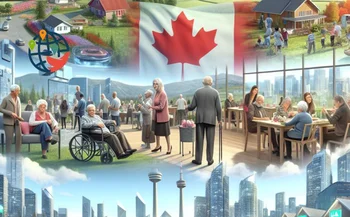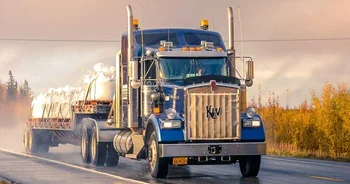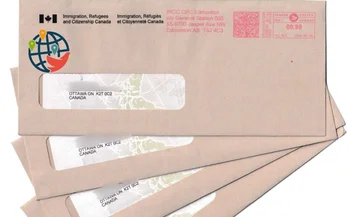Canada's Immigration Plan 2022-2024

New grand goals: even more immigrants!
On St. Valentine's Day, the Canadian government released a new immigration plan for 2022-2024. Compared to previous targets, it has been adjusted upward, which is undoubtedly a huge advantage for those who are about to relocate.
Canada has implemented its 2021 immigration plan, which had a 401,000-immigrant target.
Plan for 2022-2024
According to the plan for 2021-2023, Canada was supposed to welcome 411,000 new immigrants in 2022 and 421,000 in 2023. But the government decided to raise the goal:
- 431,645 immigrants in 2022;
- 447,500 immigrants in 2023;
- 451,000 immigrants in 2024.
Thus, Canada intends to welcome 1.33 million people in the next 3 years. But the immigration plan is adjusted every year, so the value may change. Let's take a closer look at the government's plans for 2022.
Economic immigration
This category is for employable people who move to Canada through federal and provincial immigration programs. To obtain permanent residency, applicants must meet the requirements of the program they choose.
In total, Canada will aim to welcome 241,850 people though the following economic immigration programs:
- Federal immigration programs — 55,900 people:
- temporary pilot programs for Canadian graduates — 40,000 people;
- business immigration programs — 1,000 people;
- immigration pilots — 10,250 people:
- Agri-Food Immigration Pilot;
- Rural and Northern Immigration Pilot;
- Home Child Care Provider and Home Support Worker Pilots;
- Economic Mobility Program.
- Atlantic Immigration Program — 6,250 people;
- provincial immigration programs — 83,500 people.
Family sponsorship
Another 105,000 people will be able to immigrate to Canada under family reunification programs. Canadian citizens and residents can sponsor their spouses, common-law partners, children, parents and grandparents to move.
In 2022, the distribution will be as follows:
- spouses, common-law partners and children — 80,000 people;
- parents and grandparents — 25,000 people.
Refugee and humanitarian immigration
In 2022, Canada raised the bar on accepting refugees and those accepted on compassionate grounds:
- refugees — 76,545;
- humanitarian immigration program — 8,250 people.
Immigration to Quebec
The province of Quebec welcomes immigrants separately from the rest of Canada and has its own immigration system. In 2022, the province plans to issue from 24,500 to 30,000 permanent residence permits in the following categories:
- programs for skilled workers — from 18,000 to 22,000 people;
- business immigration programs — from 1,500 to 2,300 people;
- other economic immigration programs — up to 200 people;
- refugee program — from 4,400 to 4,700 people;
- other immigration pathways — from 600 to 800 people.
What has changed
Compared to the previous immigration plan, the government has almost halved the number of people Canada will accept through federal immigration programs: 108,500 in 2021 and 55,900 in 2022. Probably the reason is that in the first half of 2021, among the federal programs, Canada only held immigration draws though Canadian Experience Class, and in the second half of the year there were no draws for federal programs at all.
The number of sponsored parents and grandparents has also decreased. In 2021, Canada sent a record number of invitations, 30,000, and in 2022 is ready to give out only 25,000. But it should be noted that last year the plan was 23,500, and the country exceeded it, so there is a possibility that more candidates will be invited in 2022, too.
The planned number of refugees has risen sharply. Compared to last year's plan of 59,500 people, this year's target has increased by more than 17,000. Some of them are refugees from Afghanistan who have been waiting to move since last year.
Immigration in 2022
The most reliable ways to move in 2022 remain immigration through education and employment. There are more than 80,000 invitations for provincial immigration programs. They often have lower eligibility requirements, but many programs require a job offer.
There is also a new economic category in the plan for 2022 — temporary programs for graduates of Canadian universities, for which 40,000 places are allocated. This most likely means that we will be seeing the launch of new immigration pilots, under which only those who graduated from a university in Canada will be eligible. That was also happening in 2021. In addition to temporary pilots, there are many other programs for Canadian graduates.
Our company provides legal immigration services. How we can help:
- assess your chances of immigration;
- choose a suitable program;
- choose a university or college in Canada based on your education, work experience, and budget;
- register you with a Canadian language school to study English online or in Canada;
- prepare documents for permanent residency and visa.
Get your free chances assessment. If your chances are good or excellent, please, book a consultation with our regulated immigration consultant.































